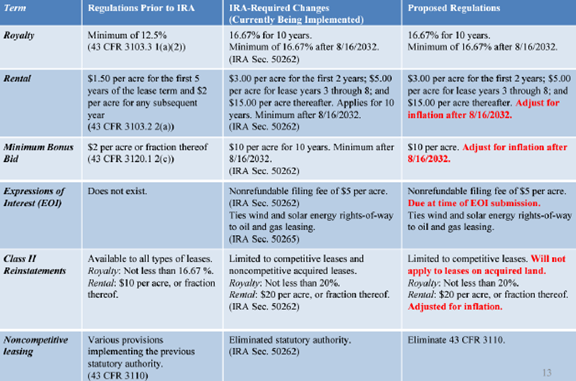The Environmental Protection Agency (EPA) has published a rule to assess and collect billions of dollars in methane “waste emissions charges (WEC)” from the oil and gas sector. The rule implements section 60113 of the Inflation Reduction Act of 2022 (IRA) which gives the EPA the power to act as tax assessor, collector and enforcer.
The WEC is imposed on methane emissions at facilities that emit more than 25,000 metric tons of carbon dioxide equivalent (CO2e), as reported in Subpart W of the EPA’s Greenhouse Gas Reporting Program in the 1.) Onshore and offshore production sector; 2.) The onshore natural gas gathering and boosting, processing, transmission and storage sector; and 3.) The liquified natural gas (LNG) storage export and import sector. The final rule of Subpart W is set to be released in August 2024 with methodology changes for calculations and new emissions sources being added to the regulation.
The IRA WEC increases 66% by 2026:
- $900/metric ton of methane in 2024 (equates to $36/metric ton of CO2)
- $1,200/metric ton of methane in 2025
- $1,500/metric ton of methane in 2026+
Companies need to evaluate key criteria when implementing the WEC:
- Determining what a facility is under the IRA.
- What is the prescribed calculation to determine how much it will cost?
- How are you monitoring methane emissions on a facility or asset level? The regulatory push is towards continuous/real-time empirical measurement.
- How will you differentiate emissions reported at a basin level versus facilities versus individual assets? If emissions are reported at a basin or facility level, how do you allocate?
- Can you use volumes as an allocation basis?
- Are you billing monthly through your joint-interest-billing account or when paid?
- If you are a non-operator, how will you determine the amount to charge monthly if the operator is charging on an annual basis?
- How will the related-party aggregation rules impact your calculations?
- Could your transportation or storage partner share in the cost if there are capacity constraints that require flaring?
- How could this charge impact valuations in mergers and acquisitions?
The IRA has other key changes that will impact rules that have not been updated since the 1950s. Below is a list of other changes based on the IRA:
The IRA is expected to have significant impacts on the monitoring and remitting of information related to methane emissions that are already in effect for 2024.
You should begin assessing how the IRA will impact your company and implement necessary changes to comply with the new rules. In addition, continue monitoring the changes that are expected to be released during 2024. If you have questions as you are evaluating the impact the IRA has on your company, reach out to a Schneider Downs expert.
About Schneider Downs Energy & Resources Services
The Schneider Downs Energy & Resources industry group provides specialized financial advice and services to our clients in the oil and gas, mining and aggregates, forest products and alternative fuel and energy industries throughout the Columbus and Pittsburgh regions. Our extensive knowledge of industry issues enables us to provide proactive audit, tax and management consulting services.
To learn more, visit our Energy and Resources Industry Group page.






